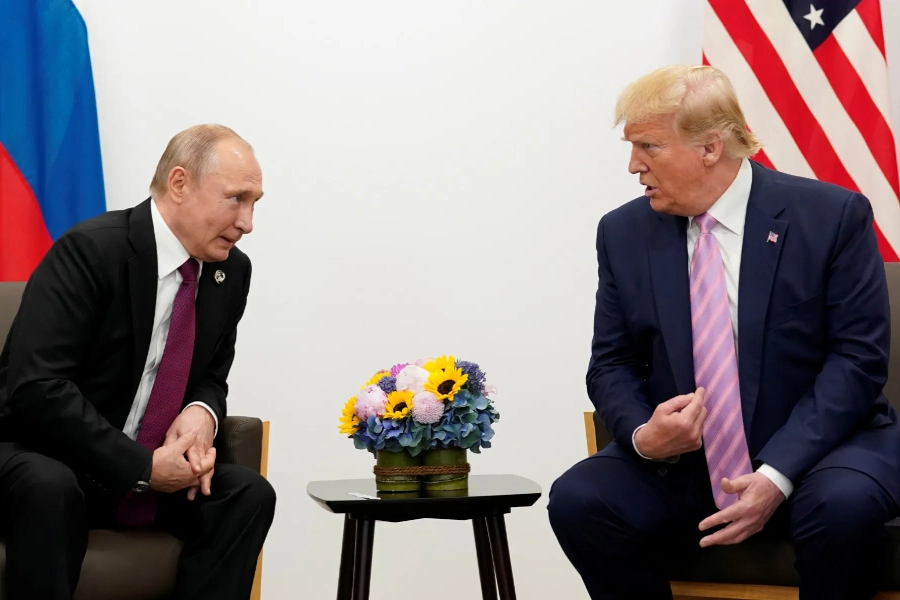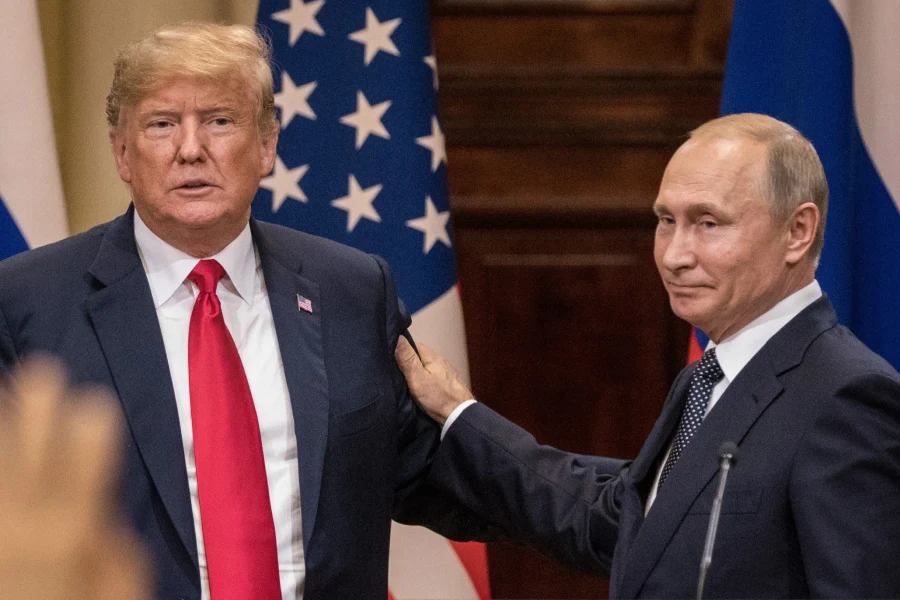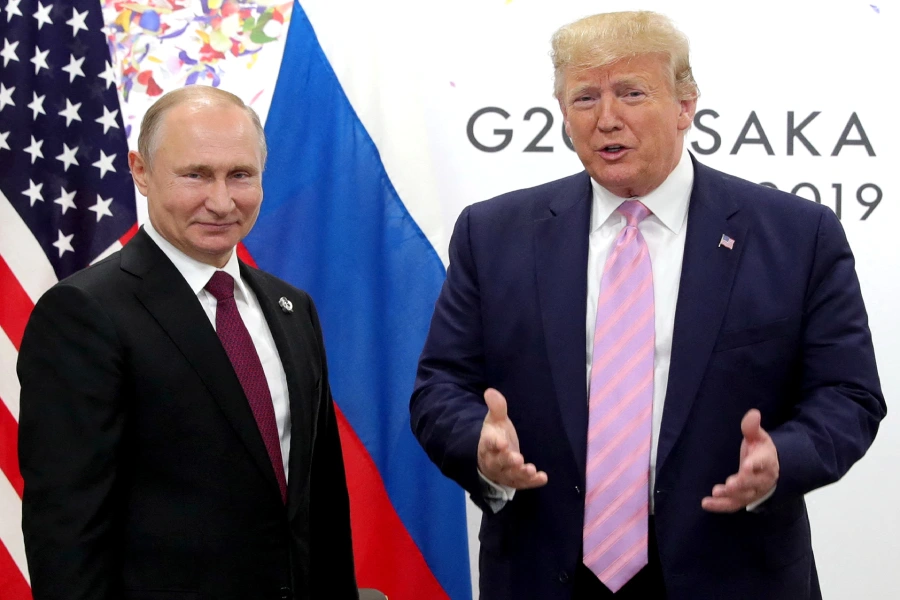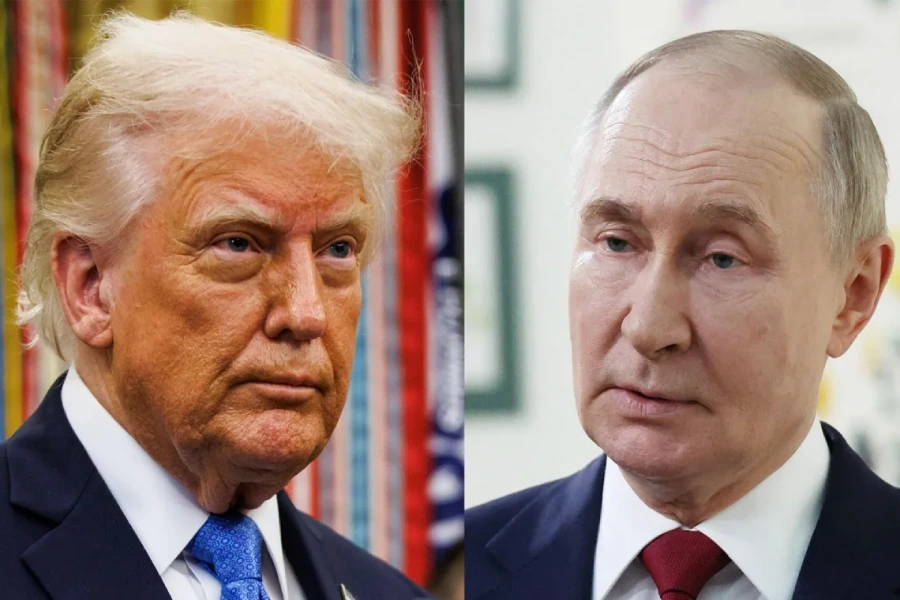In a move that sent shockwaves across the globe, Presidents Donald Trump and Vladimir Putin convened in Anchorage, Alaska, for a high stakes bilateral summit.
This meeting, held at the historic Joint Base Elmendorf Richardson a location steeped in Cold War history was designed to explore a potential ceasefire in the ongoing conflict in Ukraine.
While billed by Trump as a peacemaking effort, the summit has ignited a firestorm of legal and political debate, raising critical questions about international law, sovereignty, and the future of global diplomacy. This article delves into the intricate web of legal and geopolitical complexities surrounding the Trump Putin summit, analyzing its strategic underpinnings and potential ramifications.

The Legal and Diplomatic Chessboard of the Trump Putin Summit
The decision to host the Trump Putin summit in Alaska was no accident. The location, a U.S. military base, offered a secure and neutral ground. However, beyond logistics, its choice carries significant legal weight.
The fact that Alaska is outside the jurisdiction of the International Criminal Court (ICC) is a critical detail. Given the standing ICC arrest warrant for Putin on charges of war crimes, holding the summit on U.S. soil allowed for a diplomatic bypass of a major international legal hurdle. This maneuver, while pragmatic, has been met with fierce criticism from legal scholars and human rights advocates who argue it undermines the authority of international legal institutions.
The summit’s agenda, as framed by Trump, was a delicate legal dance. He stated his goal was not to negotiate on behalf of Ukraine but to get them to the table. This is a subtle yet crucial distinction. Under international law, particularly the principle of national sovereignty, any territorial decisions regarding Ukraine must be made by Ukraine itself.
By asserting that Kyiv “should have a say,” Trump acknowledged this fundamental legal principle, even while engaging in a dialogue with a party accused of violating it. The legal community is now scrutinizing whether a summit intended to “freeze” the conflict could inadvertently legitimize Russia’s occupation of Ukrainian territory—a direct violation of the UN Charter and other tenets of international law.

The Trump Putin Meeting: Sovereignty, Sanctions, and Strategic Maneuvering
The meeting between Trump and Putin put the issue of national sovereignty at the forefront. As European leaders swiftly convened to reiterate their stance, it became clear that any potential agreement made in Alaska would be subject to intense international scrutiny.
The key legal and diplomatic challenge is whether a ceasefire can be achieved without ceding ground—both literally and figuratively—on the principle of territorial integrity. A temporary “freeze” in hostilities, as some analysts suggest, could be a tactical win for Russia, allowing them to consolidate their gains and prolong their de-facto control over occupied regions.
Another major legal and economic consequence of the Trump Putin meeting is its effect on sanctions. The very anticipation of de-escalation led to a dip in global oil prices. This market reaction highlights the intertwined nature of geopolitical events and international economic law. Sanctions, a key tool of international pressure, can be a major source of leverage.
If the summit leads to a loosening of these sanctions without Russia making meaningful and legally binding concessions, it would not only undermine the efforts of the international community but also set a dangerous precedent for future conflicts.
The legal framework of international sanctions is complex, and any changes must be made in concert with allies to avoid legal and political fragmentation.

Navigating the Geopolitical Waters of the Trump Putin Summit
Beyond the legal and political dimensions, the Trump Putin summit is a masterclass in geopolitical maneuvering. For Putin, a meeting with a sitting or former U.S. president offers a significant opportunity to break out of diplomatic isolation and project an image of global relevance.
The choice of his foreign minister, Sergey Lavrov, to wear a Soviet-era shirt was a calculated symbolic gesture a nod to a time of superpower rivalry and a message that Russia remains a formidable force.
For Trump, the summit positions him as a global peacemaker, a figure capable of engaging with adversaries and achieving diplomatic breakthroughs. This narrative, if successful, could have significant implications for his political future.
However, the optics are complex. Hosting Putin on a U.S. military base—one historically used to counter Soviet threats—is a powerful symbolic irony. It underscores the shifting dynamics of U.S.–Russia relations and the blurring lines between traditional alliances and new geopolitical partnerships.
The local and symbolic ripples of the summit further underscore its complexity. The mayor of Anchorage, learning of the event through a social media post, points to a breakdown in traditional diplomatic and logistical protocols.
The presence of protests in support of Ukraine served as a stark reminder of the human cost of the conflict, a counterpoint to the high-level diplomatic theater. These on-the-ground reactions are a crucial part of the story, demonstrating the deep emotional and political resonance of the conflict and the skepticism surrounding any deal brokered without direct Ukrainian consent.
The core question that remains is whether this meeting is a step towards tangible peace or merely a “geopolitical performance.” The history of U.S.–Russia summits is littered with both successes and failures. The Trump Putin summit, with its unique blend of public bravado and private diplomacy, will be judged not by its symbolic gestures, but by its legal and real-world outcomes.
The international community, particularly Ukraine and its European allies, will be watching closely to see if this high-stakes gamble yields a genuine path to peace or simply an extension of the current diplomatic stalemate.
FAQ
Q: Why was the summit held in Alaska? A: The location at Joint Base Elmendorf–Richardson offered a secure and neutral setting. More importantly, it is outside the jurisdiction of the International Criminal Court (ICC), allowing President Putin to attend without risk of arrest, given the standing warrant against him for war crimes.
Q: Did the summit violate international law? A: While the act of meeting is not a violation, any agreement that attempts to bypass or undermine Ukraine’s sovereignty and territorial integrity would be a clear violation of international law. The key is whether any potential deal respects the UN Charter and the principle of self-determination.
Q: How did the summit affect global oil prices? A: The prospect of de-escalation in the conflict led to a dip in global crude oil benchmarks (Brent and WTI). This market reaction reflects hopes of an easing of sanctions and a stabilization of supply chains, which are closely tied to the conflict.
Q: What is the significance of the “geopolitical performance” mentioned in the article? A: This term refers to the summit’s dual nature: it was both a serious diplomatic effort and a public spectacle. For Trump, it was a chance to present himself as a dealmaker, and for Putin, a chance to regain global standing. The “performance” aspect suggests that the public-facing elements of the summit may not fully reflect the tangible outcomes or lack thereof.

